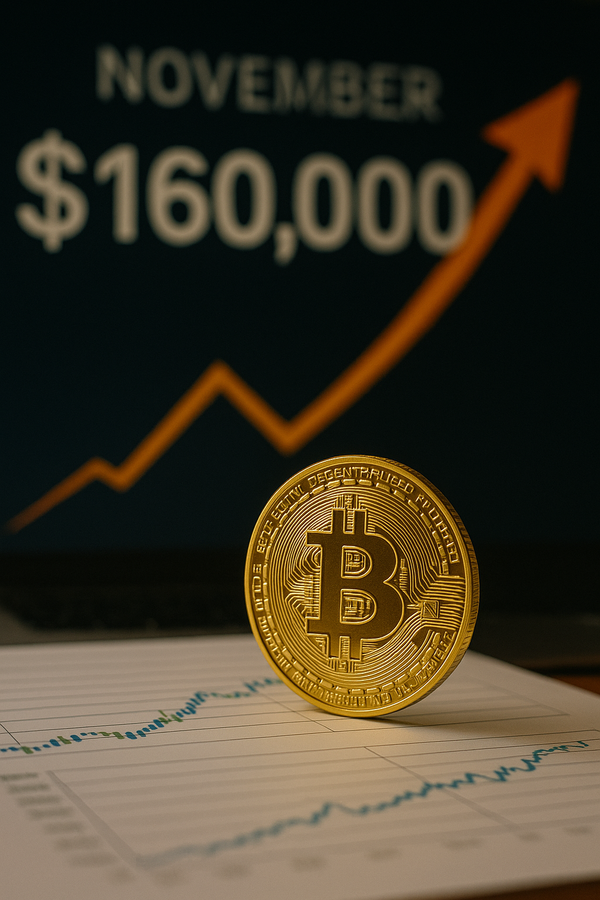Bitcoin, which ended October disappointingly, entered November with its strongest rally in history. Since 2013, the average November gain was 42.51%. If history repeats itself, some predict Bitcoin could surpass $160,000.

"Seasonal charts are important, but they need to be combined with other factors," said Marcus Thielen, an analyst at cryptocurrency analytics firm 10x Research. Indeed, November of this year was not just about historical data, but also a combination of macroeconomic factors.
The biggest variable is the improvement in US-China relations. Last week, US President Donald Trump and Chinese President Xi Jinping met in South Korea and agreed to ease trade tensions. In exchange for lowering tariffs on China, Trump agreed to strengthen crackdowns on fentanyl, resume purchases of US soybeans, and suspend restrictions on rare earth exports for one year. Trump told reporters, "We will soon reach a trade deal with China."
Trump's announcement of tariffs on China on October 11th sent a devastating shockwave through the cryptocurrency market. Within 24 hours, $19 billion (approximately 25 trillion won) was liquidated, sending the market into a panic. However, relief is spreading in the market as US-China relations are improving. However, Georgetown University professor Dennis Wilder took a cautious stance, stating, "This meeting is merely a 'pause' in the trade war, not a complete end."
Expectations for a Federal Reserve (Fed) rate cut are also positive. The Fed recently cut its benchmark interest rate by another 0.25 percentage point, bringing it to its lowest level in three years. The next Fed meeting is scheduled for December 10th, and according to CME's FedWatch tool, the market expects a 63% probability of another rate cut.
Interest rate cuts are a boon for Bitcoin. Lower funding costs encourage investors to invest more in riskier assets like cryptocurrencies. Furthermore, the Federal Reserve's decision to end its quantitative tightening (QT) program, effective December 1, is another positive development. QT, a policy where central banks reduce their asset holdings to remove liquidity from the market, will see more funds released into the market if it is halted.
However, the risks are significant. The US government shutdown has been ongoing for five weeks, with Republicans and Democrats deadlocked over government spending plans. Trump is pressuring Republicans to abolish the filibuster rule, which allows a minority of senators to block majority action.
Analysts say that the U.S. Securities and Exchange Commission (SEC) will need to end the government shutdown before it can make a final decision on approving several cryptocurrency ETFs, and that the CLARITY Act, a cryptocurrency market structure bill, can also make progress.
Historical data shows that November has been the best month for Bitcoin. According to CoinGlass data, the average November gain since 2013 is 42.51%. However, as analyst Thielen points out, seasonality alone is insufficient. A complex mix of variables, including US-China relations, Federal Reserve policy, and the government shutdown, will likely determine Bitcoin's fate this November.








